Reform is not enough for secular Iranians anymore
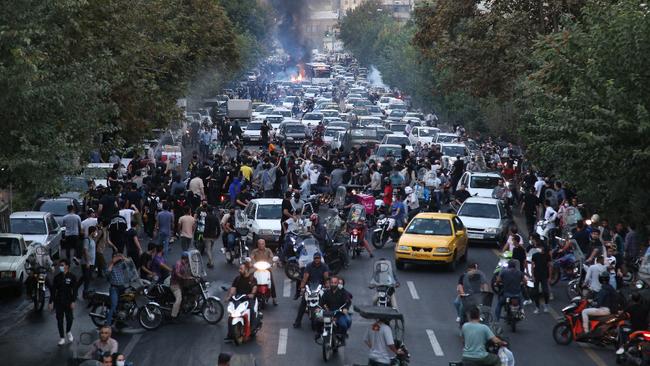
Every attempt at an Iranian uprising — 2009, 2019 — has ended in tears, rubber bullets, crowded prison cells and closely monitored funerals. The current, enduring hijab protests have the chance, however, of turning into a revolution. They express what the Czech dissident (and later president) Vaclav Havel described as “the power of the powerless”. Modern autocrats demand passivity from their subjects, mediocrity, opportunism and a focus on careers and family life. They foster what Havel called the perpetuum silentium, a vacuum of civic will. This time round, across Iran, there is a sense that a turning point has been reached.
You can hear the public clamour. Actresses, film directors, critical journalists, mountaineers, athletes (including two former star football players) and doctors post their protests on social media; it is more than the chattering classes demanding the right for women to dress how they choose. And it is more than snappy video clips of young women exposing their hair and riding bicycles, both outlawed.
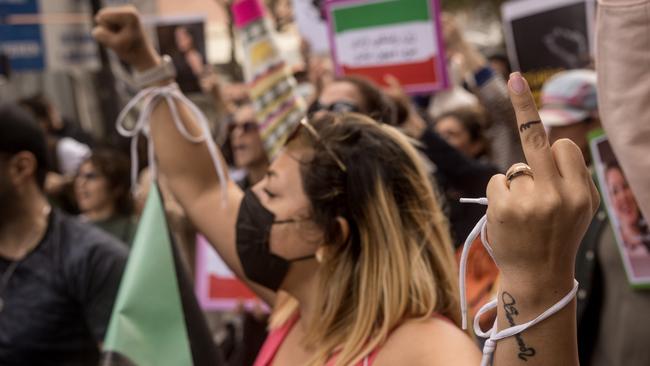
The dismay has spread to the more liberal end of the ruling elite. Faezeh Hashemi, daughter of one of the founding spirits of the 1979 Islamic revolution, Ayatollah Hashemi Rafsanjani, has spoken up for women protesters. The former speaker of parliament, Ali Larijani, has openly questioned the overreach of the morality police. Some manufacturing workers have snatched the opportunity of regime confusion to put in for wage increases. And there is deep unrest among the ethnic minorities, especially the Kurds, since the trigger for unrest was the death in custody of a 22-year-old Kurdish woman, Mahsa Amini.
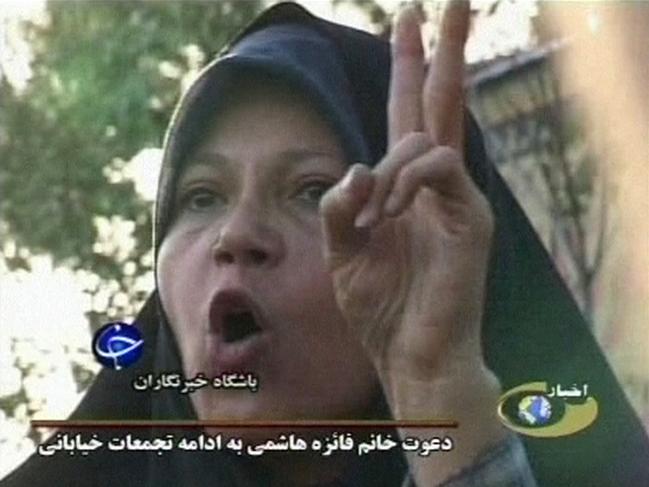
All successful revolutions depend on stable coalitions of oppositionists. The present one has held for three months. It is based not just on the beating of a young woman – well over 300 people have died in the unrest, making it bloodier than 2009 – but on the rigged election of Ebrahim Raisi as president. Reformists have been purged and Raisi looks well placed to take over as supreme spiritual leader when the current incumbent, ailing 83-year-old Ayatollah Ali Khamenei, gives up the ghost. That robs young Iranians of any hope for the future. It’s a mark of the bravery of the revolutionary movement that when Raisi recently read out a poem to female students comparing protesters to flies they heckled him.
Raisi, 61, thinks he is faced with a western-inspired colour revolution, the kind that Vladimir Putin so hates. That makes all foreign NGOs suspect, all embassies. The authorities have arrested 40 foreigners for allegedly stirring up the unrest.
In fact he is faced with an unpalatable truth which will limit the very survival of the Islamic republic: growing secularisation. The Tony Blair Institute (TBI) has just published a remarkable piece of opinion polling from Iran. Its findings: 71 per cent of men and 74 per cent of women oppose the compulsory wearing of the hijab (headcovering). And 84 per cent who oppose the mandatory hijab want regime change. Even worse news for Raisi: 76 per cent who want regime change consider religion unimportant to their lives. The call to prayer used to set the daily rhythm. Now only 26 per cent of urban Iranians pray five times a day, and a surprisingly low 33 per cent in traditionally conservative rural Iran.
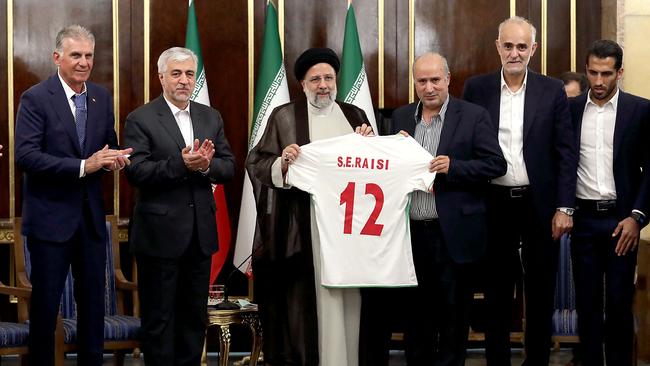
Secularisation in the Middle East creeps in when people move en masse into cities, when well-run societies are prospering, when there is a basic belief in civic fairness. Yet none of these criteria applies to Iran. The 19th-century French political thinker Alexis de Tocqueville famously warned that “the most perilous moment for a bad government is one when it seeks to mend its ways”. He was writing, of course, about the Bourbons but it applies to any oppressive regime. Make concessions and you look like you’re losing your nerve.
The chief researcher on the TBI survey, the sharp-eyed scholar Kasra Aarabi, concludes: “Iranians are not seeking reform, but outright regime change.” Little wonder the ayatollahs are sleeping badly. Even reining in the witch-hunters of the morality police isn’t going to hack it for young Iranians.
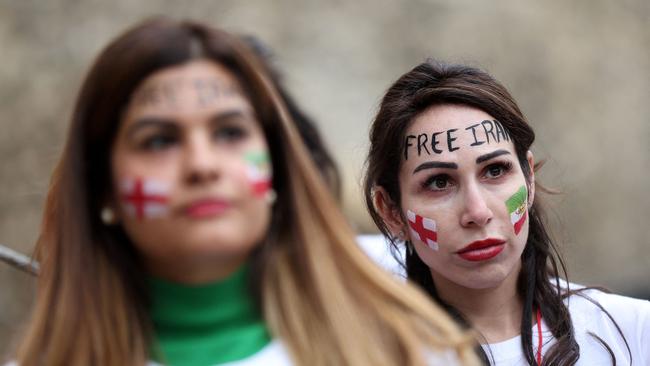
The problem that Iran shares with all of today’s autocracies is that there is no obvious exit from the existing order. The security establishment, which profits greatly from its economic monopolies, is holding firm and ready to pull the trigger. The regime still sees itself as the steward of a revolutionary ideology and as its prime exporter around the Middle East. It has formed a cynics’ axis with Putin. Yet it is so obviously cracking, its decline accelerating and not just because of stern western sanctions. The Iranians have had enough of narrow clerical rule and want to bring about change – on their own terms. There is no colour revolution under way and it makes no sense for the West to pump up a favourite alternative to Raisi. But we have to stay in conversation with a rapidly evolving civic society, and be ready to offer help when the time comes.



For decades the Islamic Republic of Iran has shown itself too rigid to bend and too ruthless to break. It was sad to see the Iranian team stand in silent protest before the game against England as the republic’s national anthem raggedly played. In the stands, a few placards: Women, Life, Freedom. It wasn’t just the final score that turned it into a joyless game for Iranians. It was the racing certainty that when the team returns it will be treated by the police state as manipulated enemy agents. Their one slim hope of continuing their careers: a win next week against the United States, the Great Satan.